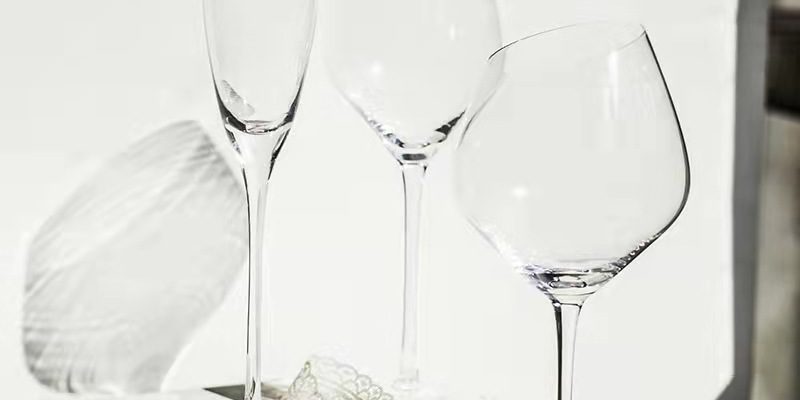Tasting champagne is not just about sipping a sparkling wine; it’s an art form that engages the senses. In this blog, we’ll explore the art of tasting champagne and how to appreciate its flavors and aromas to the fullest.
The Visual Examination
Start by pouring champagne into your selected glasses. Observe the wine’s color and effervescence. Champagne can range from pale straw to deep gold, with variations depending on the age and type of champagne.
The Aromas
Swirl the champagne gently in the glass to release its aromas. Bring the glass to your nose and inhale deeply. Champagne can present a spectrum of scents, including citrus, pear, apple, toast, and even floral notes.
The Taste
Take a small sip and let it linger on your palate. Pay attention to the balance of flavors, including the acidity, sweetness, and the presence of fruit or nutty undertones. Champagne’s effervescence can also contribute to its unique mouthfeel.
The Finish
Notice the length of the finish – how long the flavors linger after swallowing. Fine champagnes often have a long, complex finish that evolves on the palate.
Temperature Matters
Champagne is best enjoyed chilled, but not excessively cold. The ideal serving temperature is around 45-48°F (7-9°C) to preserve its flavors and aromas.
The Right Glassware
Use the appropriate champagne glasses, such as flutes or tulip-shaped glasses, to enhance the sensory experience. The shape of the glass can concentrate aromas and highlight the wine’s effervescence.
By following these tips, champagne enthusiasts can elevate their tasting experience, allowing them to fully appreciate the craftsmanship and unique characteristics of this renowned sparkling wine.
















